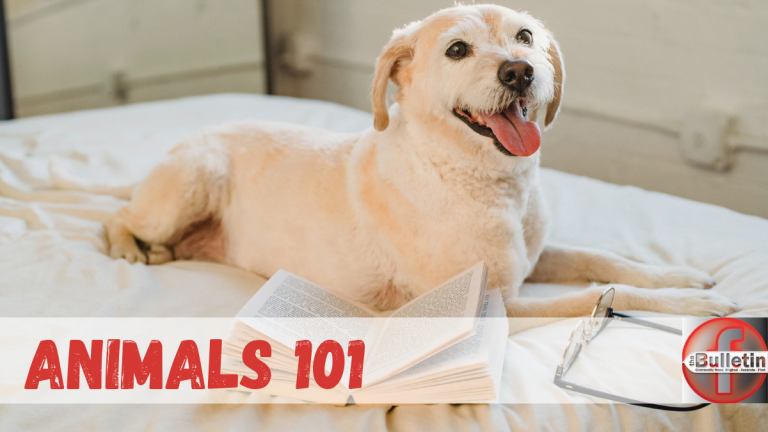
OPTIMIZE DOG WALKS FOR YOU AND YOUR DOG WITH THESE ESSENTIAL TIPS.
Walks are essential for the well-being of canine companions and when done correctly, with the right attitude, they can also be very beneficial for us. It is a commitment responsible pet parents make.
Walks are an opportunity for dogs to:
- Relieve themselves.
- Move their bodies and get exercise.
- Get fresh air.
- Help with weight control.
- Reduce anxiety, boredom, and depression.
- Interacting with their environment and “earthing”.
- Socialize with other humans and dogs.
- Strengthen their bond with you.
The truth is that most dogs don’t get nearly the amount of exercise they need, resulting in many canine companions becoming obese. Pet guardianship means committing to keep your pet healthy and moving, rain or shine (or snow). Keep in mind, that for most dogs, a walk is great, however, they need at least three days of 20-minute plus heart-pumping exercise per week, which will likely be achieved more by fast activities or running, rather than walking.
Set the stage for a lifetime of good walks for you and your canine companion!
- Get the right gear for your dog’s needs and get them used to it.
- Train your dog to follow loose lead and reduce your dog’s urge to pull.
- Explore the different types of walks and make it fun.
- Be mindful of the common mistakes we can make when going for walks.
- Take safety precautions.
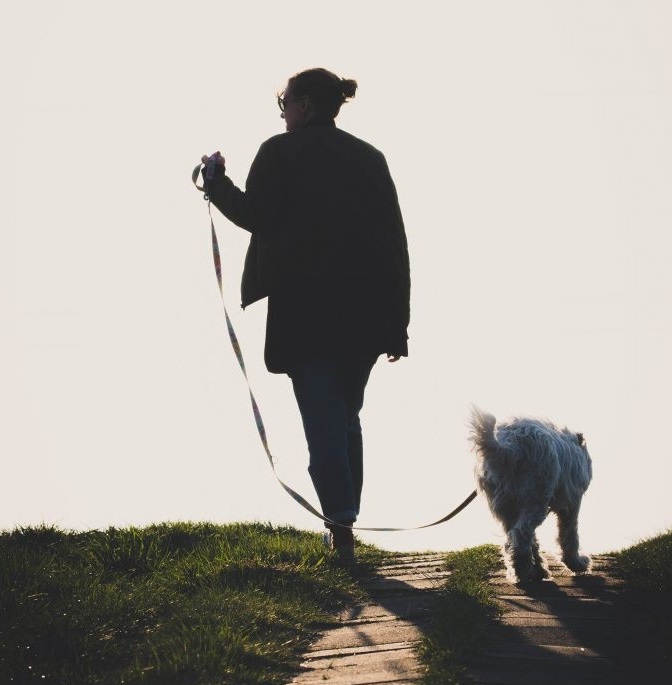
1. THE RIGHT GEAR
Investing in quality gear, not only enhances safety but also makes walks more enjoyable for both you and your furry companion. Start young/early and slowly. They should be accustomed to wearing the gear before you attempt to take them for walks.
HARNESS, COLLAR, AND LEAD
For your dog, a well-fitting harness or collar is crucial, as it provides comfort and control while minimizing the risk of injury. A sturdy leash, preferably one with a comfortable handle and appropriate length, allows you to maintain control and guide your dog effectively. Even if off-leash, always pack their harness and leash and include an ID tag.
Every dog should have their own secure-fitting flat collar (no choke or pinch collars, please) and an ID tag.
I always advocate for a Y-harness as collars may cause injury to the neck and soft tissue. However, a harness won’t work if your dog does not have loose lead walking skills or training. In a dog’s forward movement, a harness with a ribbon crossing their chest from side to side hinders them, in the same way humans would be bothered hiking with a rubber band holding their arms. Physiological movement of the front limb is inhibited. Check out this video on the harness and read more on The Paw Company’s page, by searching harness.
I prefer a strong lead of about 1.5 m and advise against retractable leashes as they are more prone to create injury and be a safety hazard, they break, and you have less control.
Make sure your ID tags are legible and have updated contact numbers on.
Other gear may include:
- Muzzles are not only for aggressive dogs as they can also be used for those dogs who like to eat anything on the road. Muzzle training is important for emergencies too.
- Reflective gear for both of you if you walk during darker hours.
- Wear comfortable, supportive shoes yourself and weather-appropriate clothing to stay dry and protected.
- Consider carrying essentials such as water, waste bags, and a first-aid kit for unexpected situations.
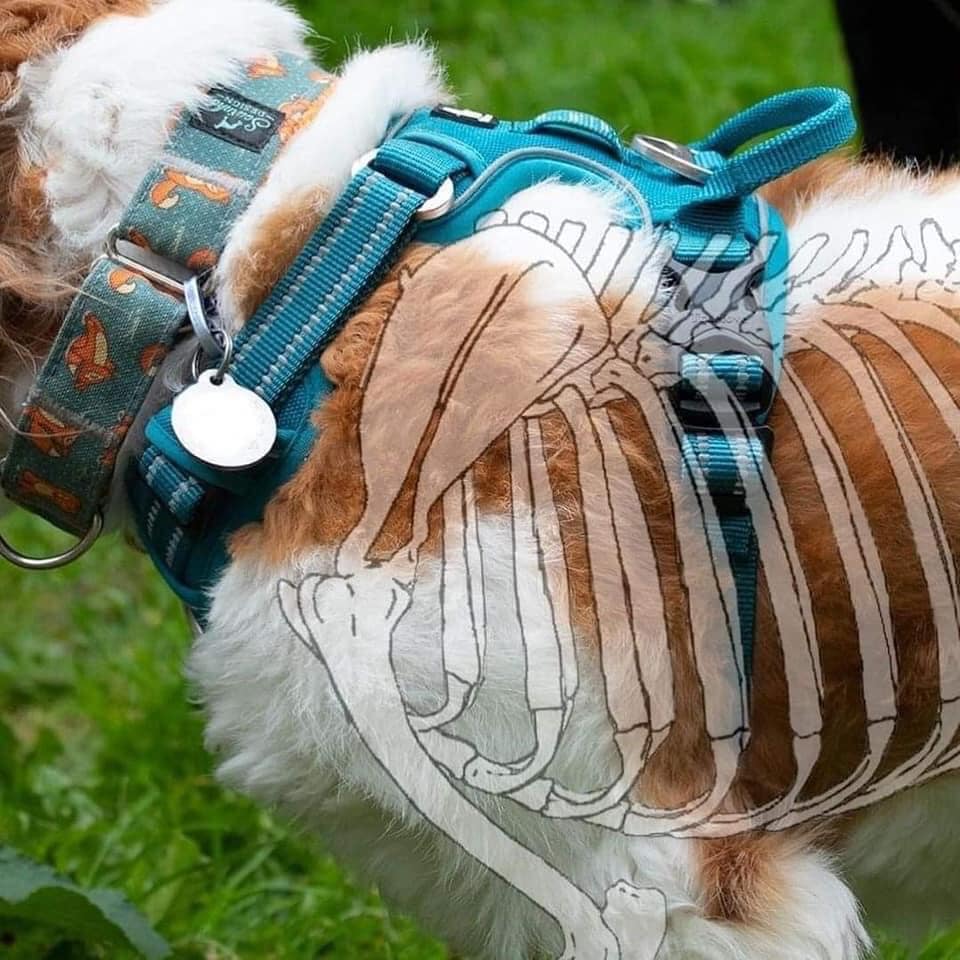
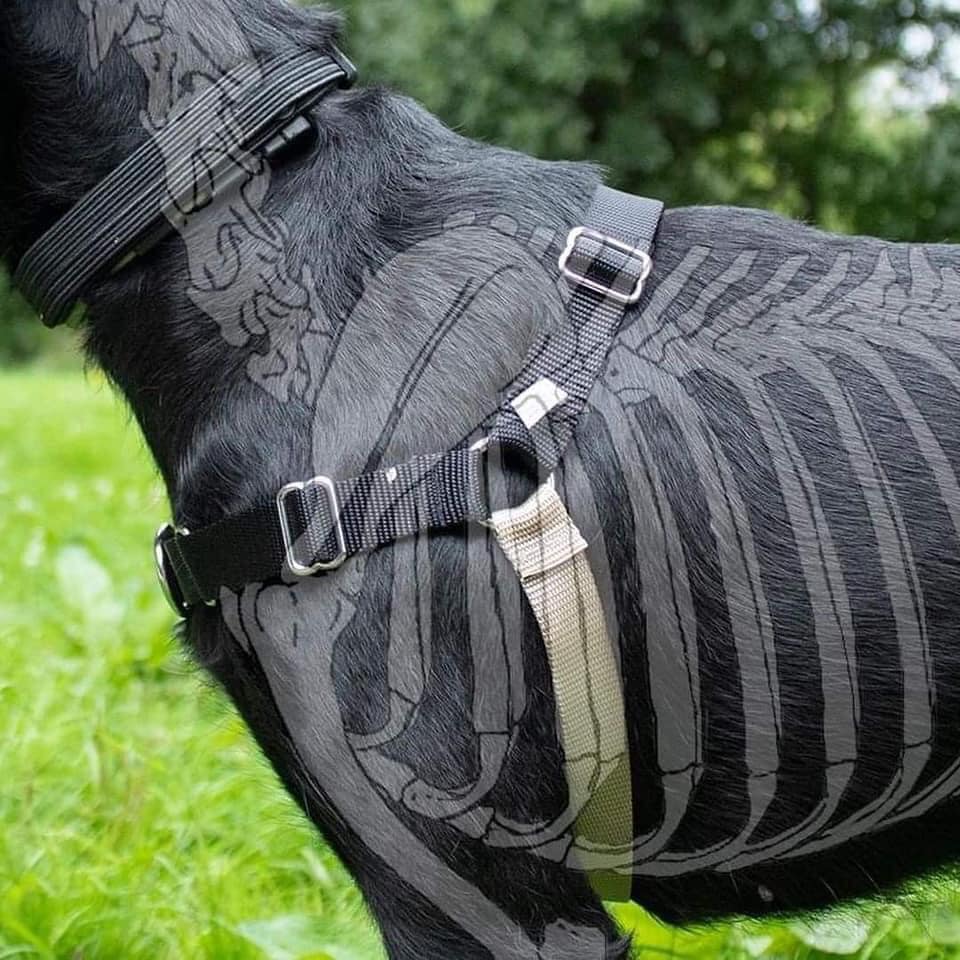
2. TRAINING TO WALK
Here are some walk-training tips from Dr. Karen Becker.
Training Your Dog to Follow on a Loose Lead
Initial walks should be short for most puppies — the main goal is to get your dog used to being attached to you by a lead. Find a safe environment and allow the puppy to drag the line behind him for a bit, then pick up the opposite end. Let him lead you around for a few seconds while you hold the line just off the ground. Slow down so he’s forced to slow down, ultimately to a stop. Take a short break for praise and a little playtime.
Next, let him trail the line again, but when you pick up your end this time, call him and stand still. If he pulls, hold your ground without pulling him in your direction. The goal is to teach him to put slack in the line himself by moving toward you. When he puts slack in the line, praise him and call him to you.
If he comes all the way to you, give him more praise and a training treat. If he stops on his way to you, tighten the line just enough to apply a tiny bit of pull to it. Immediately call him to come again. Give praise as he moves toward you and treats when he comes all the way back. Two or three repetitions is all many puppies need to understand lack of tension in the line is what earns praise and treats.
When your pup has learned to come towards you to relieve tension on the line, you can begin backing up as he comes toward you to keep him moving. Next, turn and walk forward so he’s following you. If he passes you, head in another direction so he’s again behind you.
The goal is to teach him to follow on a loose lead. Once you’ve accomplished the goal, you can continue to use the light line or replace it with a leash.
Depending on your pup’s temperament, 5 to 15-minute sessions are sufficient in the beginning. Practice controlling him on the lead for 30-second intervals during each session. Exercise patience and don’t engage in a battle of wills with your pup. Don’t snap, yank, or otherwise use the line for correction or punishment. Stop before either of you gets frustrated or tired.
After each short session on the lead, liberally praise your puppy and spend a few minutes playing fetch or some other game he loves. Remember: you’re building the foundation for an activity both you and he will enjoy and look forward to throughout his life.
Reducing Your Dog’s Urge to Pull
Dogs pull for various reasons including but not limited to:
- It is unnatural to be attached to a leash. They are not meant to walk like robots next to us.
- They move faster than us and by pulling their human moves forward.
- Excitement.
It is unrealistic to expect them to never pull!
If your little guy or girl just doesn’t seem to be catching on to the loose lead thing, don’t despair. Some puppies and untrained adult dogs stubbornly fight the “pressure of the line” rather than create slack.
If your puppy freezes on a taut line or consistently pulls against it, it’s important to use a halter or harness rather than a collar attached to the lead, because she can create serious neck and cervical disk problems for herself by pulling against a collar/leash combination.
Next, make sure you’re not part of the problem. Our human instinct is to hold the leash taut, so you must also train yourself to move in ways that keep slack in the line. A dog’s natural response to a tight line is to pull against it. Once you’re sure you’re not contributing to your pup’s refusal to create slack in the lead or move toward you, do the following:
- Maintain tension on the line and turn your back to her. Allow time for it to occur to her she can’t win by pulling against you.
- Remain still with your back to her holding the tension in the line — don’t jerk it, don’t pull, or yank her toward you, and don’t put slack in the line yourself, as this will show her that the way to get slack is to pull at the line, which is exactly the opposite of what you’re trying to teach her.
The message you want to send to your pup is that pulling on the lead doesn’t accomplish a thing. It doesn’t change the scenery, it doesn’t get you moving in a direction she chooses, and it doesn’t earn praise or treats. Eventually, she’ll stop doing what doesn’t work, especially when she’s consistently rewarded for desirable behaviour.
From the very first moment you begin leash training, make sure your puppy accomplishes nothing by pulling on her line. It takes some dogs longer than others to learn to keep the leash loose, but with patience and persistence, any puppy can learn to follow a loose lead.
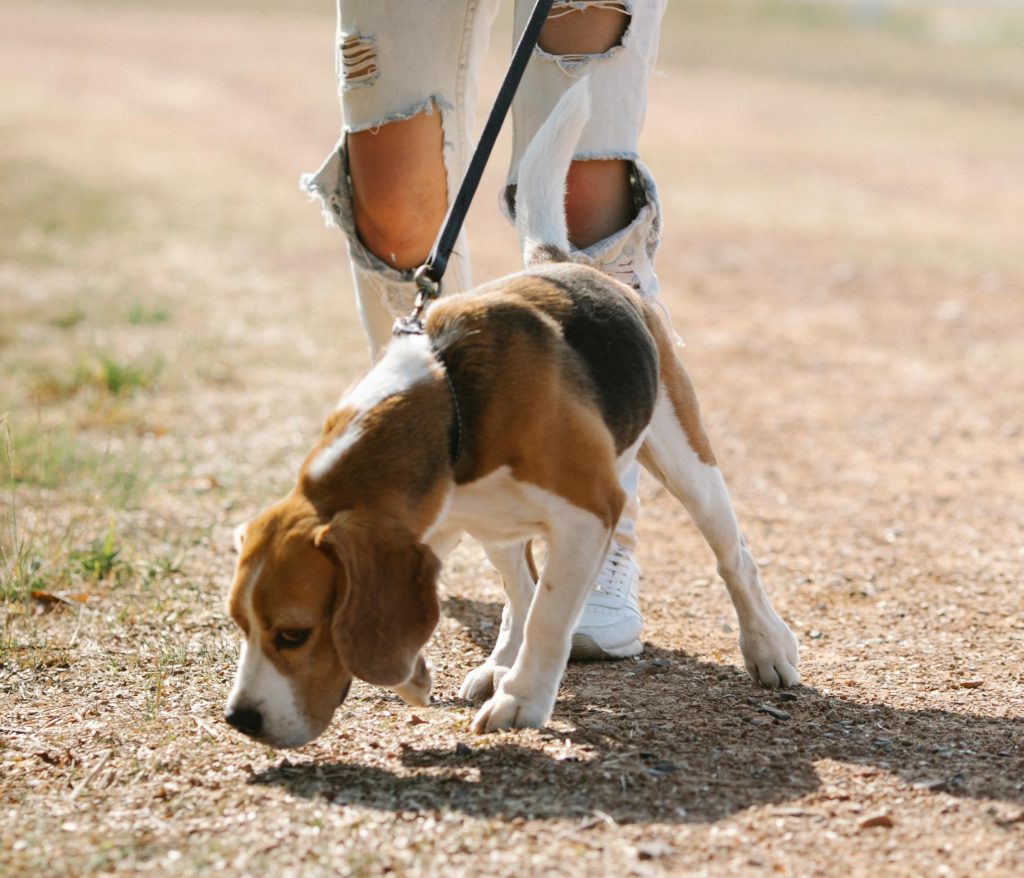
DIFFERENT KINDS OF WALKS
I have learned a lot about the different kinds of walks from Dr. Karen Becker. Here is what shes shares:
Once your furry companion has acquired good leash manners and both of you look forward to your walks each day, consider changing up the routine to keep things fresh and fun.
1. Purposeful walks — These are typically short and have a specific goal, for example, walking your dog to her potty spot.
2. Training walks — These walks can be about improving leash manners and learning basic or advanced obedience commands. Remember to take some healthy training treats.
3. Mentally stimulating walks — Most leashed dogs don’t get to spend nearly as much time sniffing and investigating as they would like, so allowing your pet some time to explore is good mental stimulation for her.
4. Sniffaris — During these mentally stimulating walks, your dog takes the lead, you follow, and he gets to sniff whatever he pleases.
5. Power walks — Power walks keep your dog’s frame strong, and his weight in check, and help alleviate arthritis and other degenerative joint diseases. These walks can also be an essential method for ensuring your dog gets enough exercise. Your dog may be pumped up after such a walk, so prepping some post-walk-enrichment (like a food toy, licking, etc.) can help them wind down.
6. Walks with friends — If your dog is comfortable around other dogs, consider meeting up with neighbours or friends with dogs for social group walks.
7. Different dog-walker walks — Everyone walks a dog a little differently, so the more members of your household who walk your dog, the more variety she’ll enjoy.
8. Change-of-scenery walks — Instead of heading outside in the same old direction, instead, buckle your dog in and drive a few blocks away or to a neighbourhood park or nearby hiking trail for your walk.
9. Decompression walks – The idea is to reduce the dog’s stress and anxiety by providing a calm and controlled environment where they can use their natural behaviours. These walks often involve a slower pace and a focus on allowing the dog to make choices about where to go and what to explore, rather than following a strict route or pace.
Also, read about choosing toys for your pets.
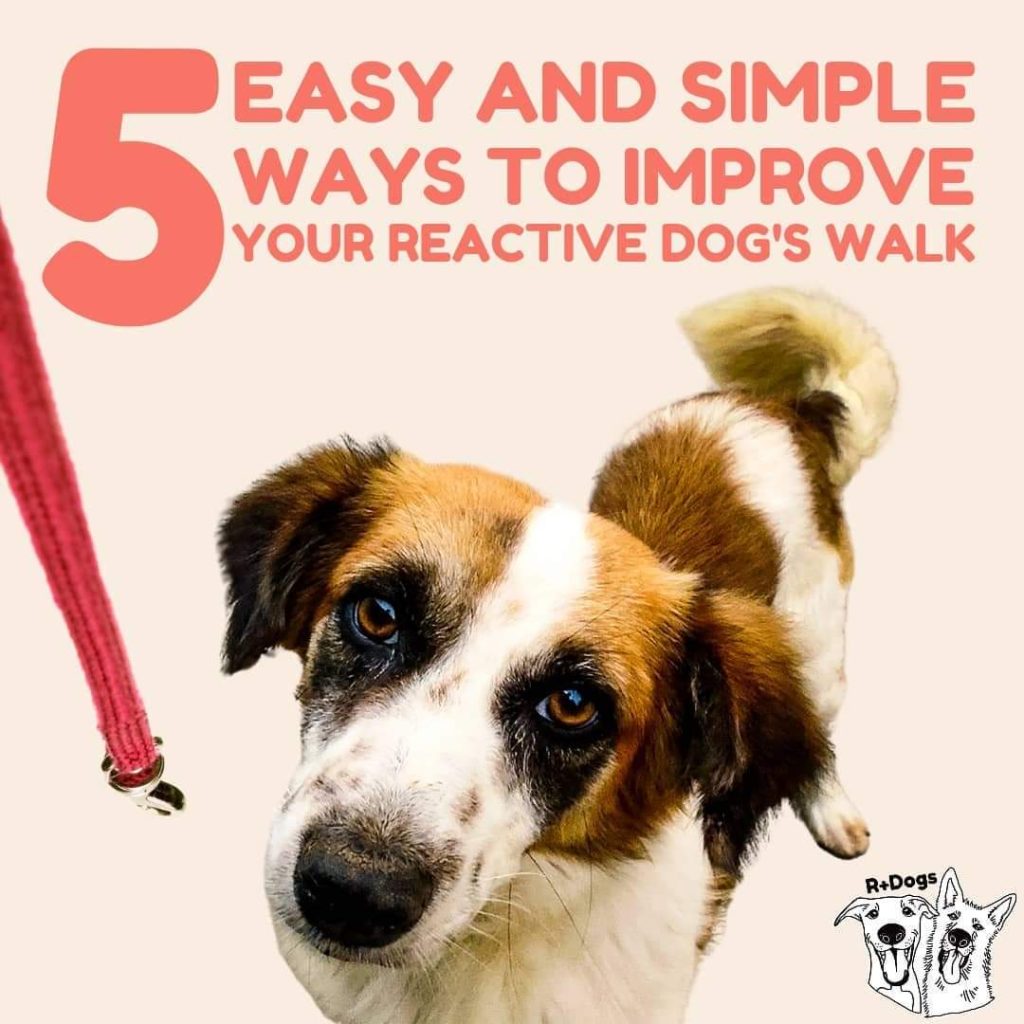
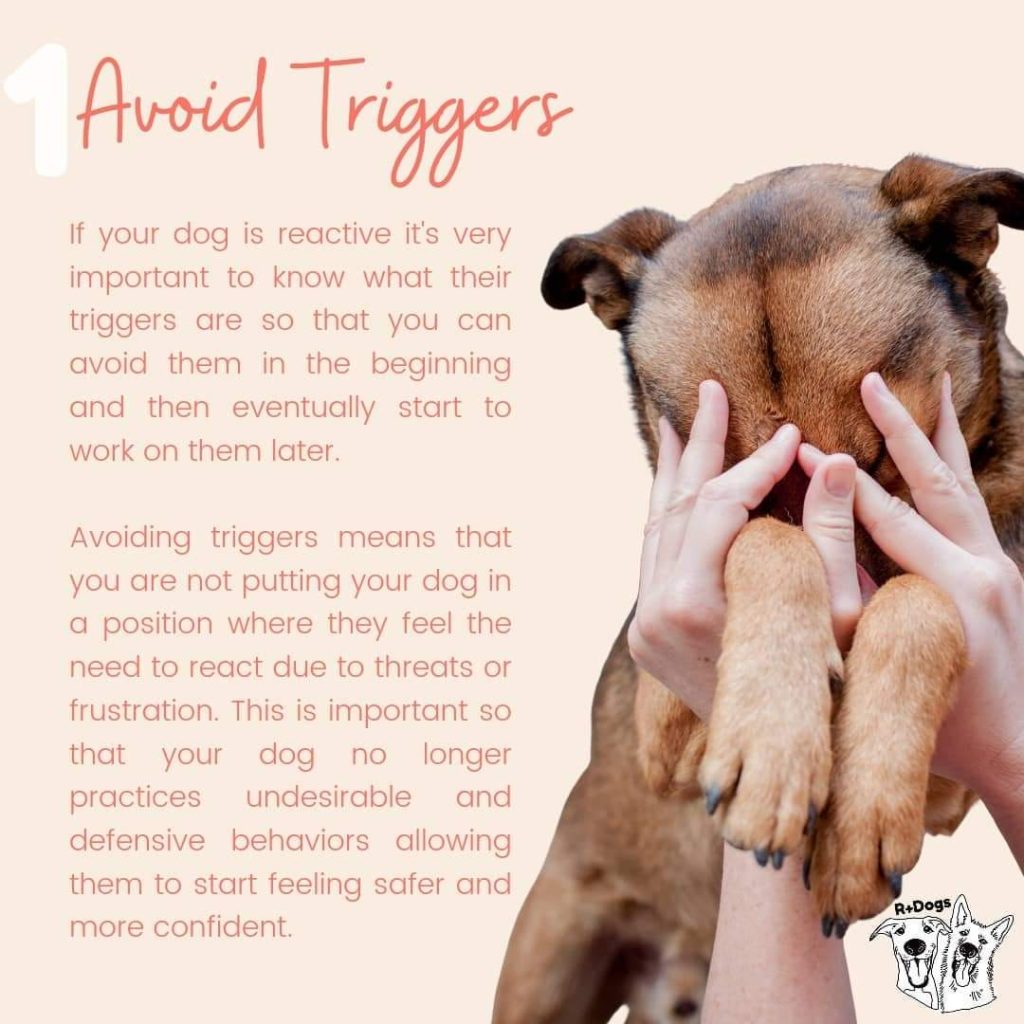
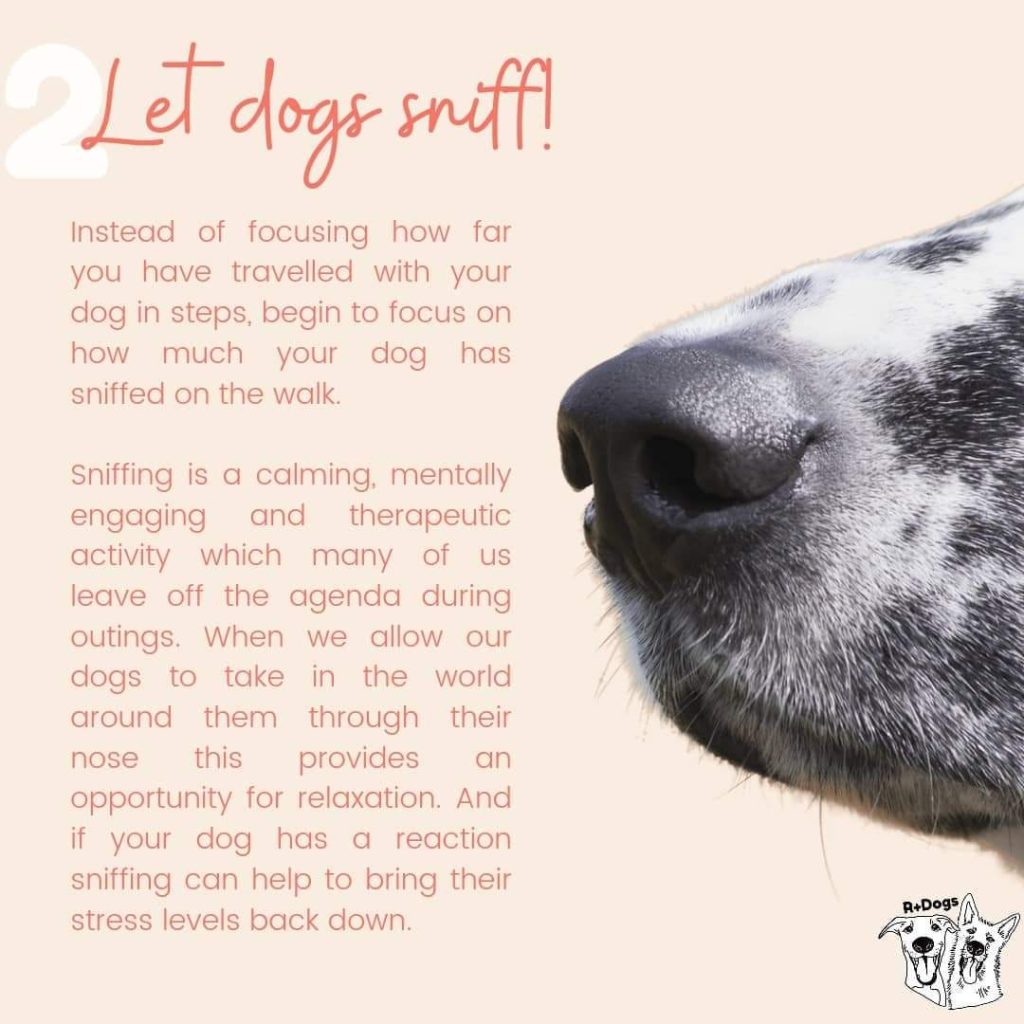
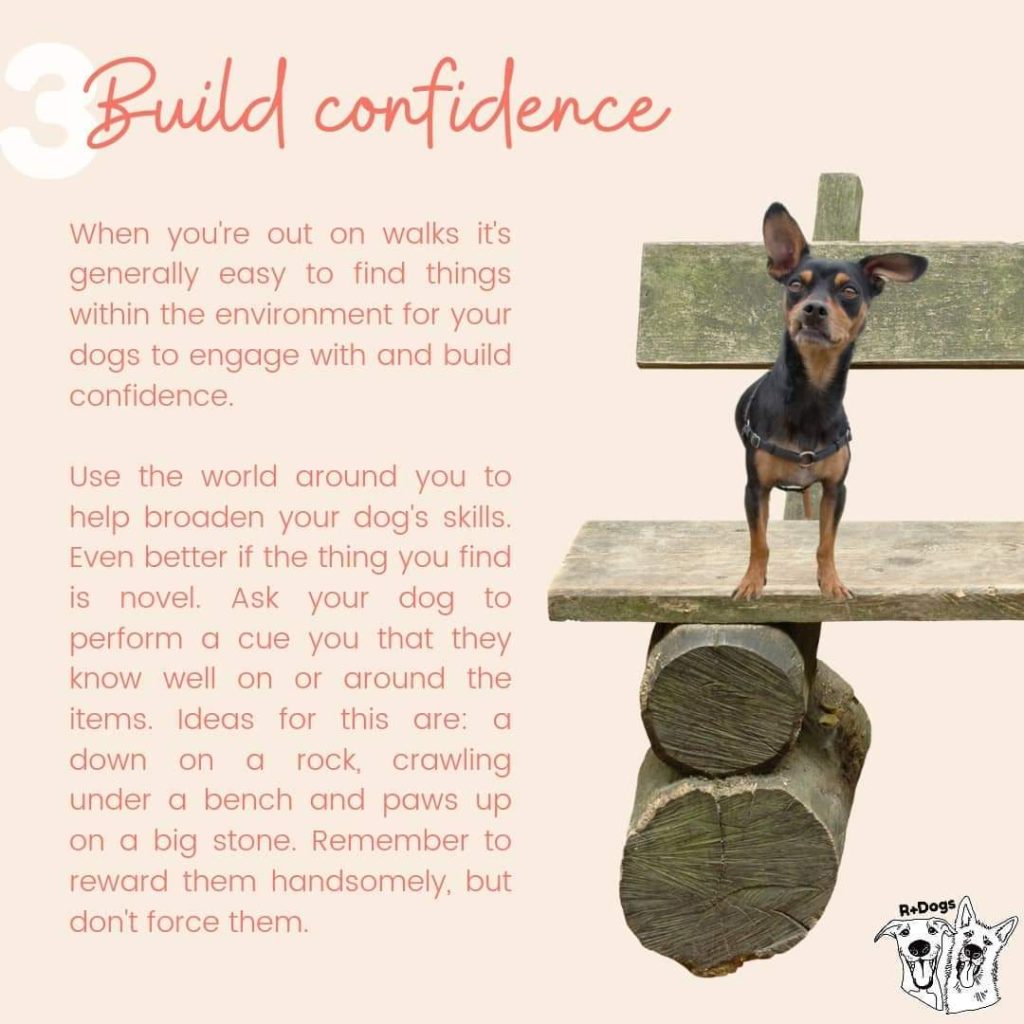
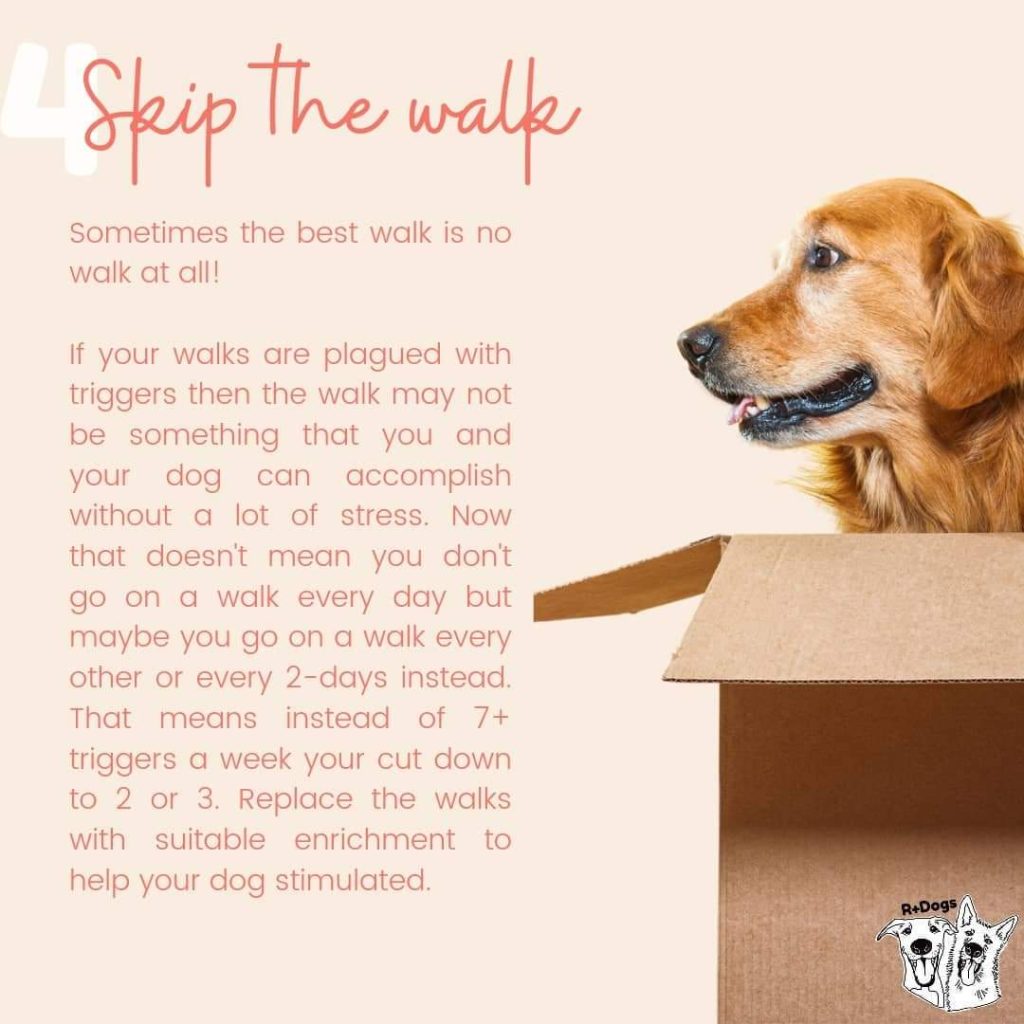
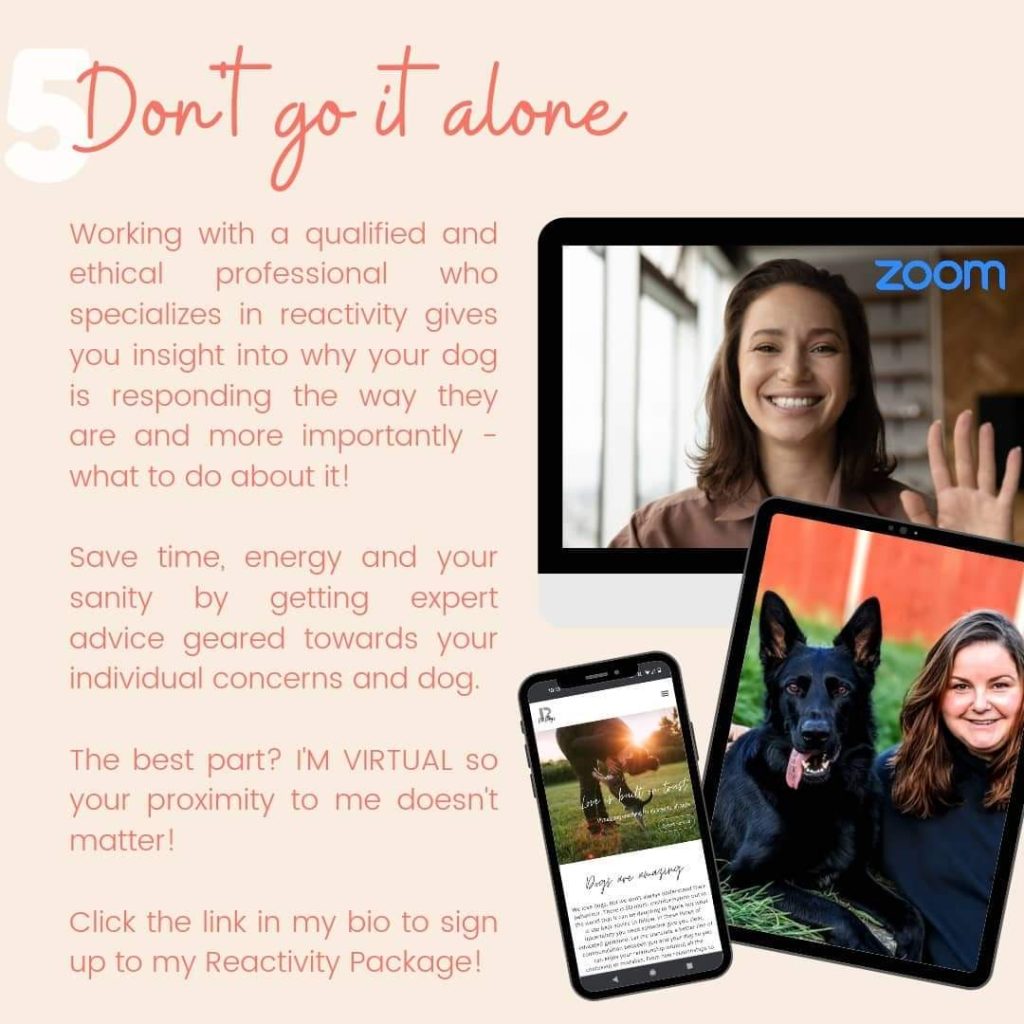
ALTERNATIVES FOR REACTIVE DOGS
When you do suburban walking, the other dogs barking, are not them “saying hello”, it is more like “death threats”. For reactive and anxious dogs this won’t be beneficial. For some guardians, walks then become stressful too. In such cases, it may do more harm than good, to commit to that walk.
Ways to improve the walk for a reactive dog (R+Dogs):
- Avoid the triggers (still work on them later)
- Let them sniff more
- Build their confidence
- Skip the walk
- Get professional help
Here are some alternatives for physical and mental stimulation:
- Active games
- Dog puzzles and toys
- Dog play dates
- Online training (for you)
- Scent work where you hide things for them to find in your home or yard
- Obstacle course in your yard
AbsoluteDOGS has a game for everything!
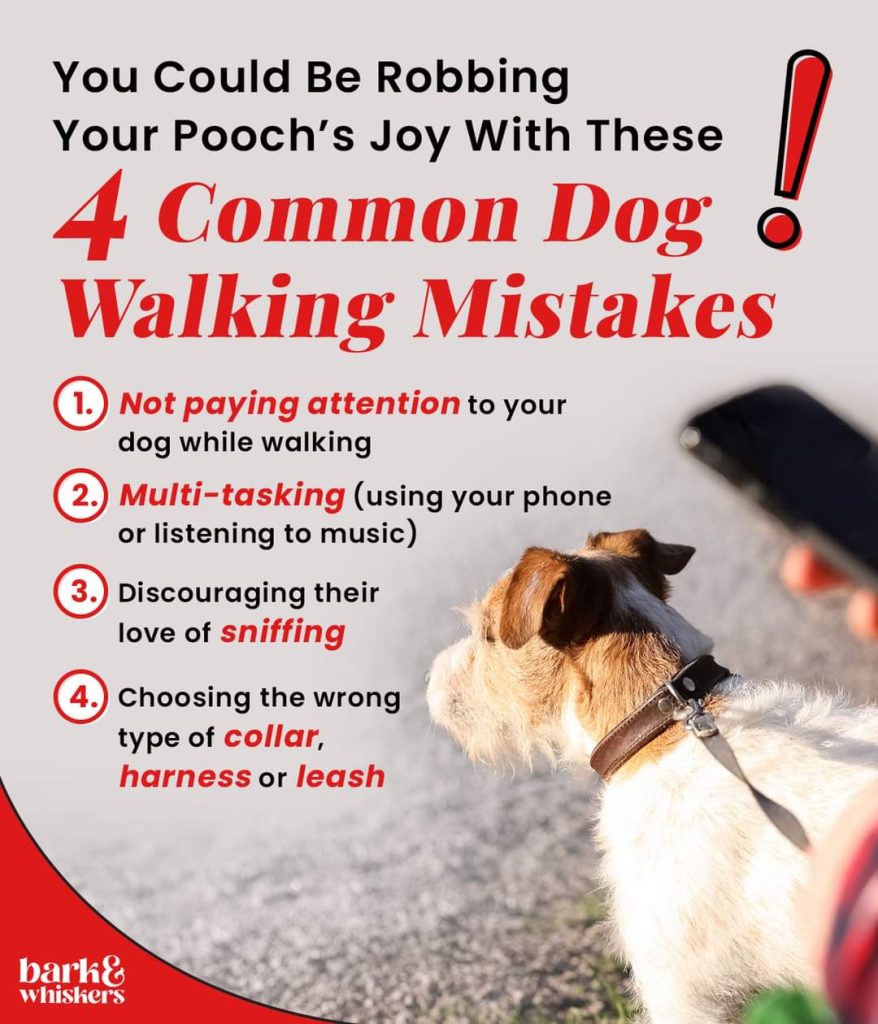
4. COMMON DOG WALKING MISTAKES
- Ignoring your dog or multi-tasking — Unfortunately, there are pet parents who do everything but, pay attention to their dogs during walks. The activity becomes so routine that they do it without giving much thought to the furry fellow at the other end of the leash. This is a bad habit primarily because of the danger of what your dog can get up to if you are not looking.
- Not allowing sniff time — Your dog’s most acute sense is their sense of smell. Remember that dogs perceive their world in a big way through scent. It is important to allow them to sniff during walks.
- Choosing the wrong type of collar, harness, or leash — Many pet parents don’t realize the importance of choosing the right type for their dog.
- Not taking advantage of the different types of walks, mentioned above, to keep things interesting for both of you.
5. SAFETY PRECAUTIONS
Here are some safety precautions to take:
- Pack a mini first aid kit.
- Take water for you and your canine companion.
- Keep them hydrated and prevent them from drinking contaminated water.
- Wear visible gear so the public can see you and reflective gear if you are walking during darker hours.
- Watch out for dog snatchers who follow your walking routines as well as any other hazards.
- Do not let young children or the elderly walk animals alone.
- Go at their pace.
- Protect their paws.
- Puppy precautions.
- Microchip and ID tags.
Let’s elaborate on a few:
Protect their paws – To protect your dog’s paws while walking, ensure you avoid hot pavement or rough terrain that can cause burns or abrasions. Before the walk, test the road/tar/ground temperature. If you can’t keep the back of your hand on the ground for 5 seconds then it is too hot for their paws!Opt for early morning or late evening walks when the ground is cooler, and consider using dog booties to shield their paws from very harsh surfaces if neccesary.
Regularly check their paws for signs of injury or irritation, and keep their nails trimmed to prevent discomfort. Additionally, applying a paw balm can help moisturize and protect their pads from drying out or cracking. I also do a paw-soak after walks with filter water and apple cider vinegar. Taking these precautions can keep your dog’s paws healthy and comfortable during walks.
Puppies – Discuss with your veterinarian when your puppy’s immune system is strong enough to go for walks. This is usually after they had all their initial vaccinations. Also, discuss with your vet when running and jumping will be appropriate for your puppy, when we look at bone growth.
Microchip and ID tags – Make sure your dog is microchipped and registered on multiple databases as well as wearing an ID tag.
KEEP IN MIND
- If you are having trouble with the walk, get professional help. This could be a trainer if your pet just never learned to walk on a leash properly or a behaviourist if there are other underlying issues like anxiety or reactivity.
- Leash manners are important, even with the right gear.
- Sterilized dogs will likely be less distracted or distracting for other dogs.
- Although walking is a great activity, some breeds might not be getting enough exercise for cardiovascular health through just a walk. For others, you might have to start slower for shorter distances. Remember to take precautions when running. Start slow, go at their pace, and be cautious with growing dogs, old dogs, and those from certain breeds or with certain conditions.
- When going for hikes, make sure your pet is up for it, you have enough water, the trail is dog-friendly and never let your dog chase any wildlife.
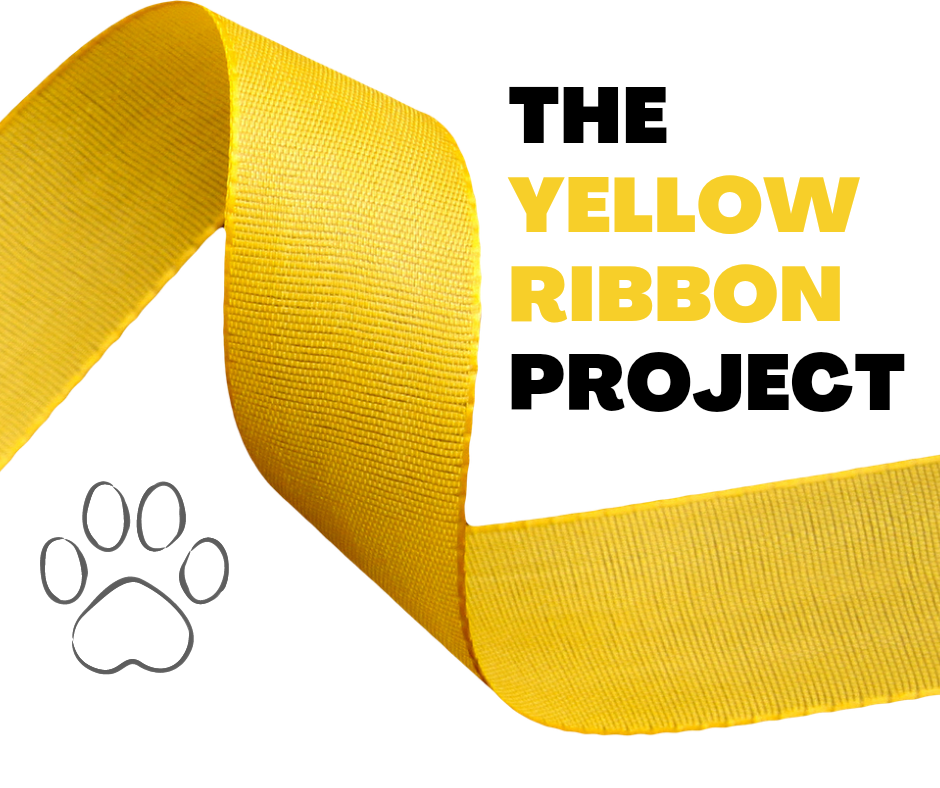
Yellow ribbon – Be mindful of fellow walkers. Never allow your dog to just approach another dog, even if they are friendly, and especially not when that dog is on a leash because they might be fearful, reactive, aggressive, in pain, not child-friendly, in training or recovering from an operation. The yellow ribbon on a dog’s collar or leash is a sign to other people, that the dog needs some space and that you need to proceed with caution. Never take away another dog or their owner’s choice to interact or not. Always ask permission from the owner and most importantly from the dog. Help us spread the world on this!
The most important thing you can do to ensure a lifetime of enjoyable walks with your canine companion is to help them learn to be the perfect walking partner and be one too. As Dr. Karen Becker says: “One of the most important gifts you can give your dog whenever you interact with him, including on walks, is your undivided attention.”
Next week we will look at what to do when your dog dies at home.
WHEN YOU KNOW BETTER, DO BETTER!